How Netflix Stays Ahead of the Stream
Tom’s Guide takes a tour of Netflix’s Hollywood studios and labs, getting an inside look at how the streaming giant stays ahead of the technology curve.
LOS ANGELES — Streaming hours of content to everything from smartphones to high-end TV sets is no small task. So how does Netflix pull it off with the more than 1,700 hours of 4K content in its library, including original programming?
All it takes is an understanding of every technology used from end to end, from the cameras used to film, to the editing bay where it’s all put together, and on to mastering suite where a program is finalized and archived at the highest quality possible before heading out to viewers watching the show at home or on the go.
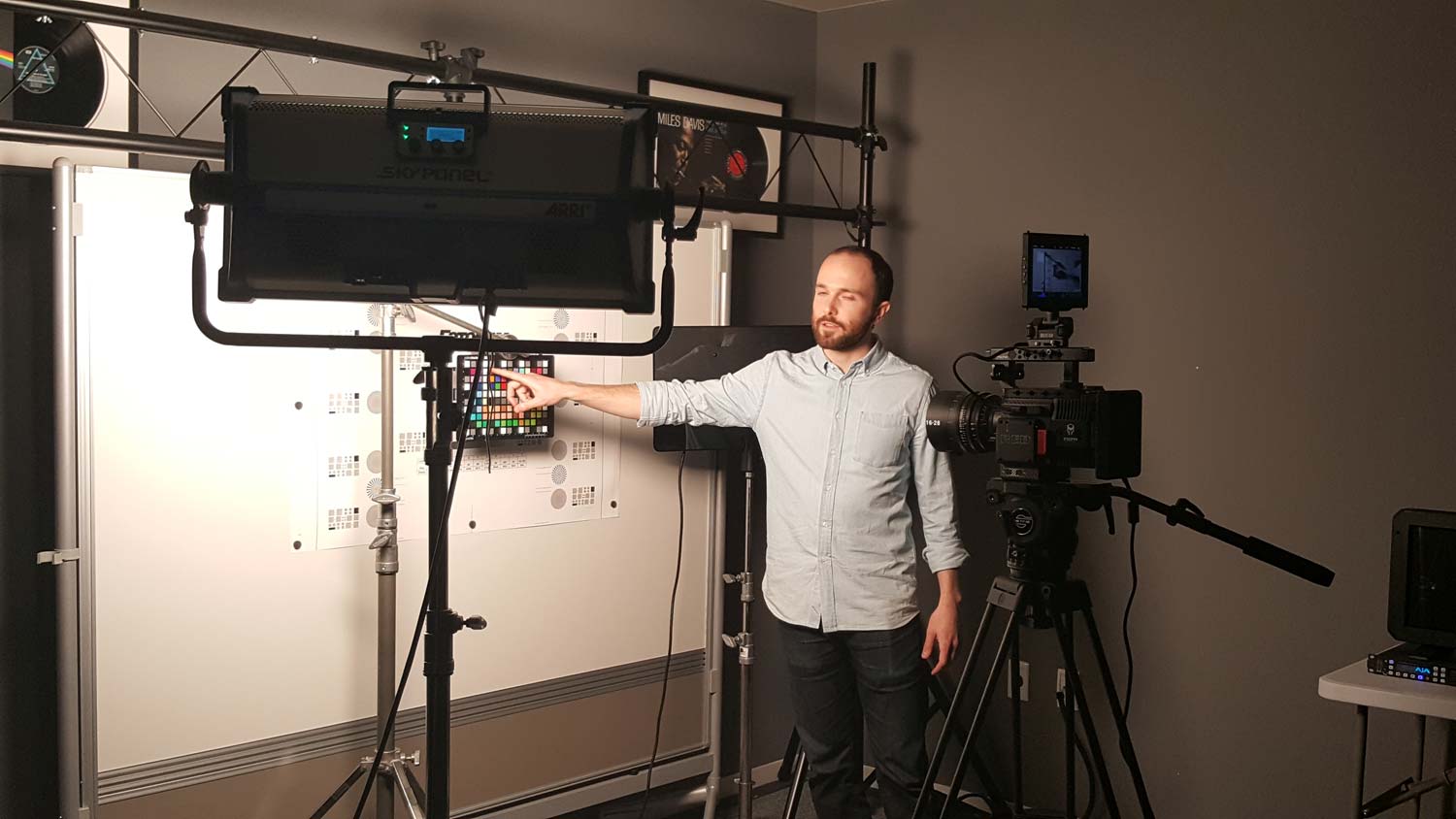
That point became clear to me during a tour of the Netflix studio campus in downtown Hollywood that I took as part of a recent LG reviewer’s workshop. The tour included extensive discussions of video and audio technologies, with Netflix’s technical experts on hand to answer questions about the tech that helps keep the streaming giant at the leading edge of an ever-changing media landscape.
MORE: Best Streaming Services: How Netflix Compares
At Netflix’s offices at Sunset Bronson Studios, we had the chance to meet production managers and technicians who are involved in every step of the video creation process. Netflix gives its creators plenty of latitude in making movies and shows, but collaborates with production teams every step of the way to ensure that the end result is the best that it can be, for every end user.
Case in point, high-dynamic range (HDR) content is still relatively new — the company only began supporting HDR content in June of 2017 — with some lingering questions about what formats will be the most popular in the long term, but Netflix has a growing collection of content there as well.
“It’s about creativity, not gimmicks. We’re trying to enable better storytelling.” — Richard Smith, Netflix Senior Product Manager
Understanding and utilizing all of these new technologies is a pretty big job, but we got to speak the experts that make it happen about everything from the technologies Netflix uses to how it approaches new formats like 4K, HDR and Dolby Atmos. And we also got to hear about how Netflix plans to stay relevant in today’s quickly evolving media world.
Sign up to get the BEST of Tom's Guide direct to your inbox.
Get instant access to breaking news, the hottest reviews, great deals and helpful tips.
Creative collaboration
From the mastering suite to the viewing experience, Netflix say it’s heavily involved in ensuring that be latest technology is used to help its creative partners realize their unique vision, while delivering content that takes advantage of new media formats. Richard Smith, senior product manager at Netflix, emphasized that bringing filmmakers up to speed on the latest technologies was a collaborative process.
“With any new set of tools, there’s a little bit of an evolution,” Smith said. “People working with these tools need time to get comfortable,” and Netflix works hard to ease that process and help content creators understand the capabilities that new technology affords them.
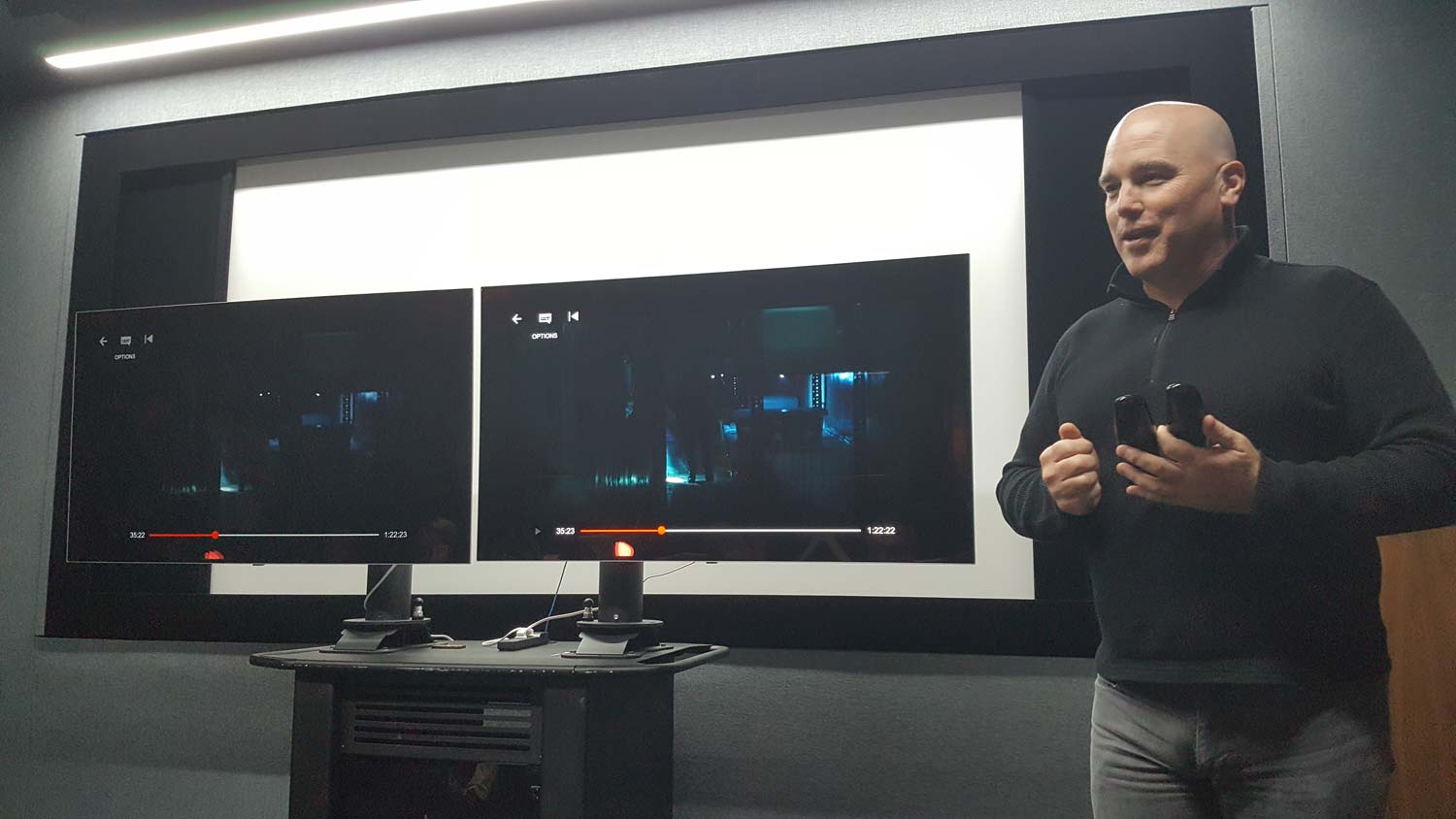
Netflix also works with manufacturers of current TVs and audio products to make sure that they understand how these technologies will filter down to viewers in the home.
This is far more than merely encouraging flashy shots to show off features like high dynamic range or Dolby Atmos sound. “It’s about creativity, not gimmicks,” Smith said. “We’re trying to enable better storytelling.”
Where the magic happens
We began our tour in the Black Mirror theater room. The small theater doubles as a mastering environment and features a full Dolby Atmos speaker array, along with a side-by-side cart equipped with two LG C7 OLED televisions — one set to display HDR content, and the other to display the same footage in standard dynamic range. The setup we saw offers an excellent showcase of HDR functionality.
MORE: What Is HDR TV, and Why Does It Matter?
To show us the difference offered by HDR technology, we watched two clips from Netflix original content. The first was a clip from the movie Bright, the Will Smith-led film about cops and fantasy creatures in a fictional Los Angeles where elves and orcs roam the streets alongside humans. In a night scene where a powerful magic wand was discovered, standard dynamic range was able to convey the general sense of a glowing object in a dark environment. But that same scene in HDR conveyed more subtle detail. On this display, the wand actually appeared to glow, and its magical effects sizzled with more intensity.
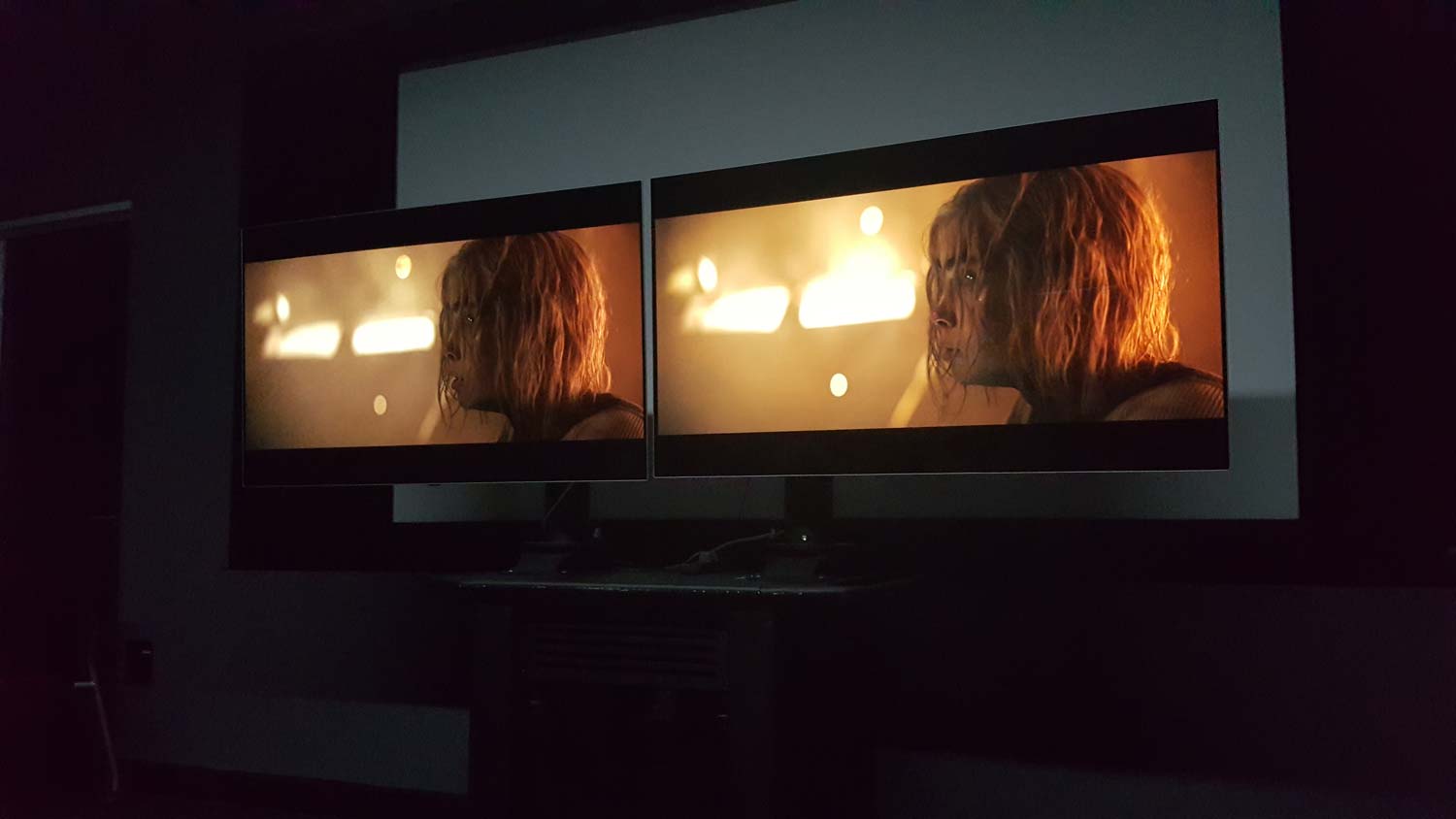
Netflix also featured HDR's capabilities with scenes from Altered Carbon, the recent cyberpunk, sci-fi noir series starring Joel Kinnaman. In these scenes, HDR helped highlight glowing elements in the futuristic landscape such as neon signs, the tail lights of flying cars, and the bright city lights of a chaotic night scene. Comparing the same scene without HDR made it abundantly clear how much more depth and vibrance the new standard can provide.
A second scene from Altered Carbon took a far more subtle approach, showing how HDR allows more varied and nuanced color in sky and clouds. Given that much of the series takes place in what is essentially a gated community in the sky, a self-contained tower complex high above the land below, the ability to more accurately show realistic clouds and vibrant skies made these scenes feel more physically expansive and more real.
Camera technology
But Netflix is not merely concerned with the format of its end product. Instead Netflix technicians start at the very beginning of content creation, the cameras.
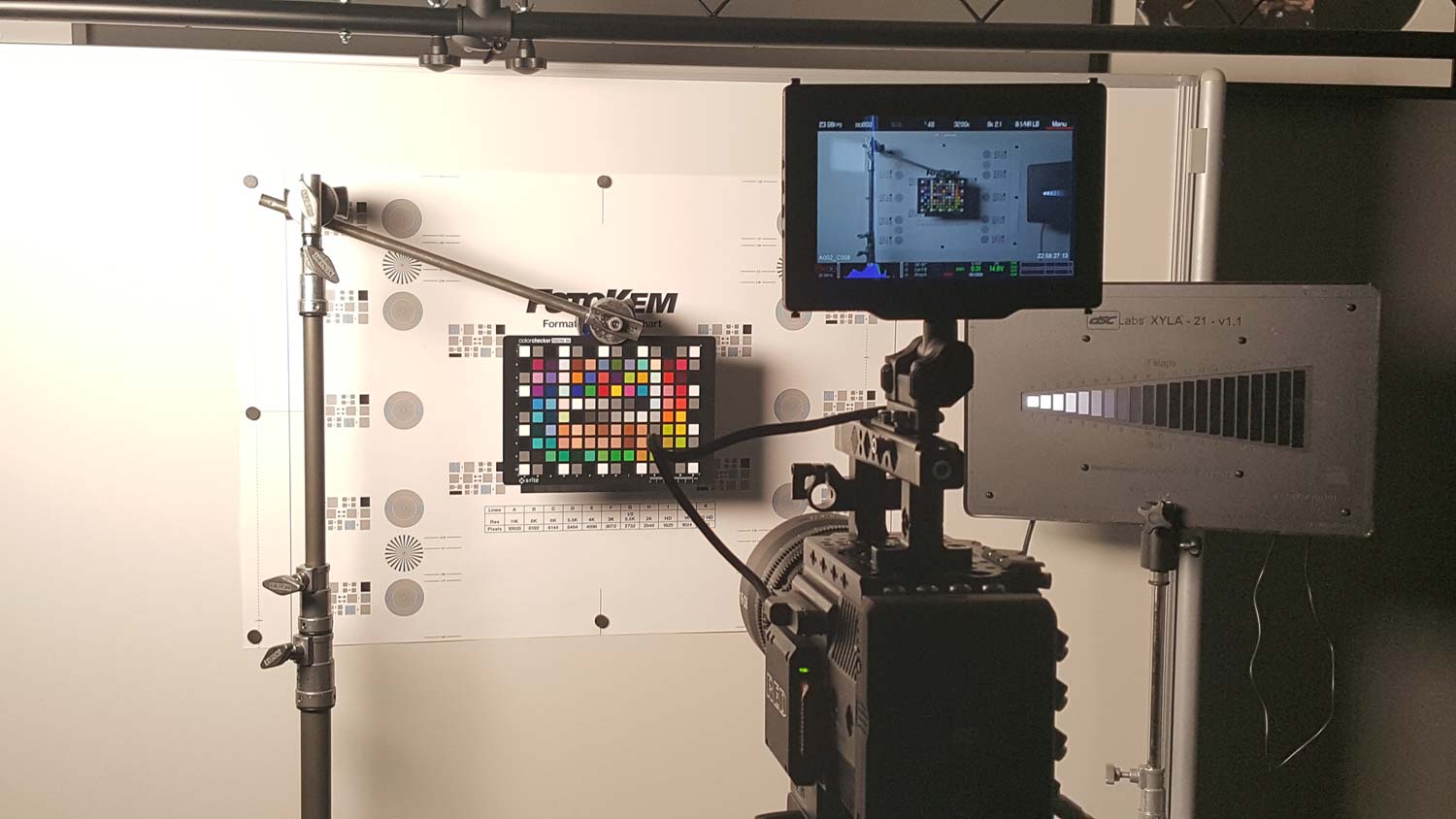
As new production-grade cameras come to the market, Netflix puts them through a battery of tests and evaluation procedures to learn how a particular camera will capture color and light. All of this testing allows the imagery experts at Netflix to make confident recommendations to filmmakers and showrunners about specific cameras and their unique capabilities.
As new cameras are released onto the market Netflix acquires and tests many of them in its in-house lab at Sunset Bronson Studios. Testing relies on such tools as Macbeth color charts, FotoKem resolution tests, and a specialized backlit gradient chart used to measure a camera’s ability to capture dynamic range.
“Understanding how the camera captures the image and how that image will be displayed in the end is very important to Netflix,” said Chris Clark, the company’s manager of production imaging. “This lab is about understanding every component. The end goal is consistency but also flexibility.”
“It's not just about providing a UHD experience, but a great UHD experience,” said Jimmy Fusil, production technologies manager. Both Clark and Fusil said that many filmmakers will shoot in resolutions higher than 4K, so that they have the freedom to crop and reframe shots in the editing room without sacrificing the full quality of 3,840 x 2,160 resolution.
Color processing
Once a show is filmed, it needs to be processed, and Netflix has turned a great deal of attention to color processing. The right mix of tones can change the entire look and feel of a show, and the addition of HDR, with it’s expanded support for bright colors and specular highlights adds a lot to the colorist’s workflow.
Clark explained some of the color science behind the technology, but also showed how it translates onto the screen.
Using clips from recent shows like Jessica Jones and Altered Carbon, he illustrated how adding a bright light source can change the focus of a scene, and how small glowing elements can emphasize objects and people, particularly in a sci-fi setting.
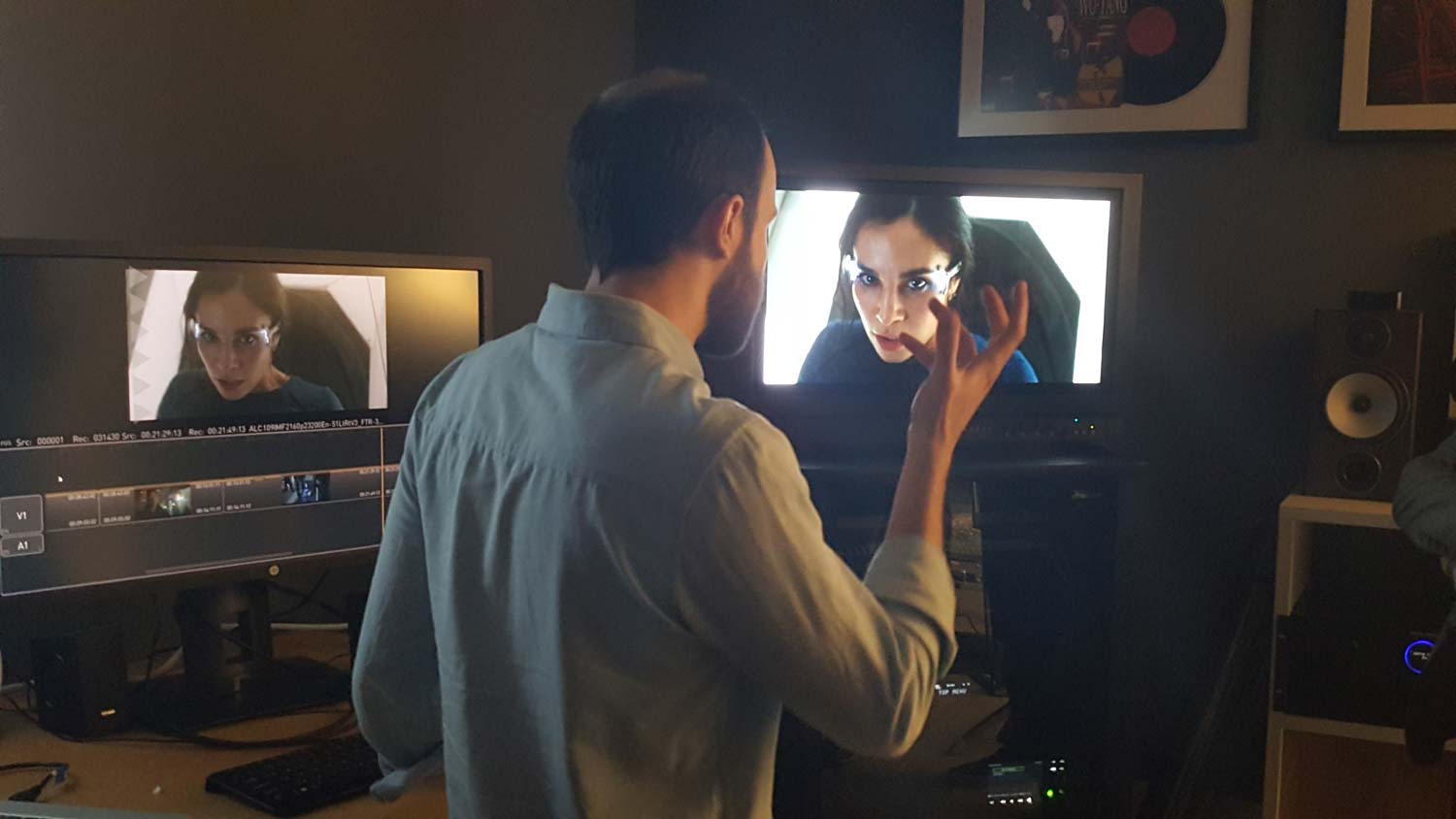
The ability of HDR to bring out detail in bright light is also emphasized at Netflix. Fusil mentioned how he has had to help editors and directors adjust their thinking to use the new technology. “I tell them, put stuff in there that you’d think would blow out,” Fusil says. “A lot more comes through than you think.”
4K and HDR technology have spread out to consumers very quickly, Fusil noted: “In some ways, the tech has been adopted faster than maybe even the industry anticipated.” He pointed out how difficult it can be to find physical media that supports these new features, and how important it has been for Netflix to provide this content.
Audio processing
Audio processing is another big piece of the puzzle. Audio engineer Scott Kramer walked us through one of the audio mastering rooms to show us how Netflix uses Dolby Atmos sound to deliver high-quality audio for an increasing portion of its original content.
During our visit, we got to see an example of how some of the audio is mastered for a Netflix show. The audio lab is set up as a 9.1.6 listening environment, with JBL 708 and 705 speakers around the room and in the ceiling. The lab has no parallel walls, and is made with sound dampening material on the walls to prevent unwanted audio reflection. All of this equipment is Dolby calibrated, and designed to deliver the truest version of the audio available.
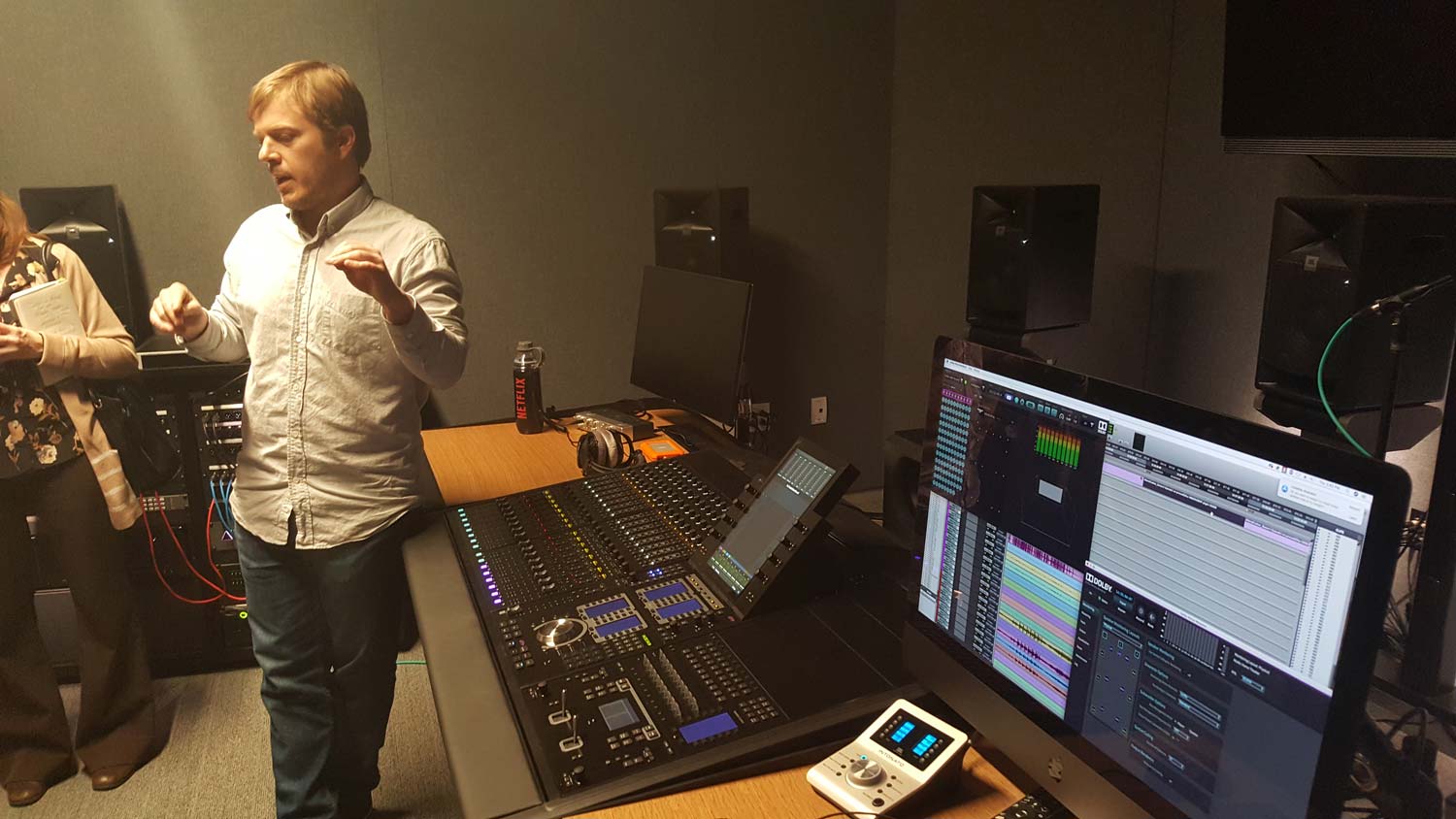
Netflix teams up with the producers and creators of its shows to use Dolby Atmos sound. By working in Atmos while making a show, the resulting audio can easily be exported into other formats, while offering the best audio and quality for mastering and archiving.
While Dolby Atmos is relatively new in the Netflix catalog, company reps were quick to point out that the numbers are growing significantly, and that many more Netflix originals would feature Dolby Atmos sound in 2018.
MORE: Dolby Atmos: What It Is, How It Works and Where to Get It
Kramer explained that new media technologies will often be concentrated by geographical area, as availability begins in the US and those familiar with the new tech gravitate toward major media markets like LA and New York. The result is that creators around the world often get left behind, but he sees Dolby Atmos as an opportunity to escape that pattern.
“I want Atmos to be what’s used all around the world,” Kramer said. “And the tools offered for Atmos really give us a chance to democratize the technology now, while it’s still new.” With newer Netflix original movies and shows utilizing the technology, he expects we’ll see Dolby Atmos used more often by creators in non-US markets.
Streaming-friendly and future-proof
Once a new film or episode of a show is completed, it’s saved in what Netflix calls IMF, company shorthand for Interoperable Master Format. The original IMF file preserves the film in its highest quality, with full resolution and audio.
"It’s all about making sure that when you view it at home, you’re seeing what the filmmaker intended."— Richard Smith, Netflix senior product manager
“Part of what we dictate and encourage,” Fusil said, “is very good archiving practices.” Maintaining high-quality masters allows content to be reformatted as needed when consumer needs change.
“Of course we ask ‘What fits now?’ with our content,” Fusil added. “But what about in five years?” Given that Netflix has shifted from disc-based rentals to streaming media leader, and how rapidly the online media landscape has changed since it began streaming in 2007, these aren’t idle concerns and hypotheticals.
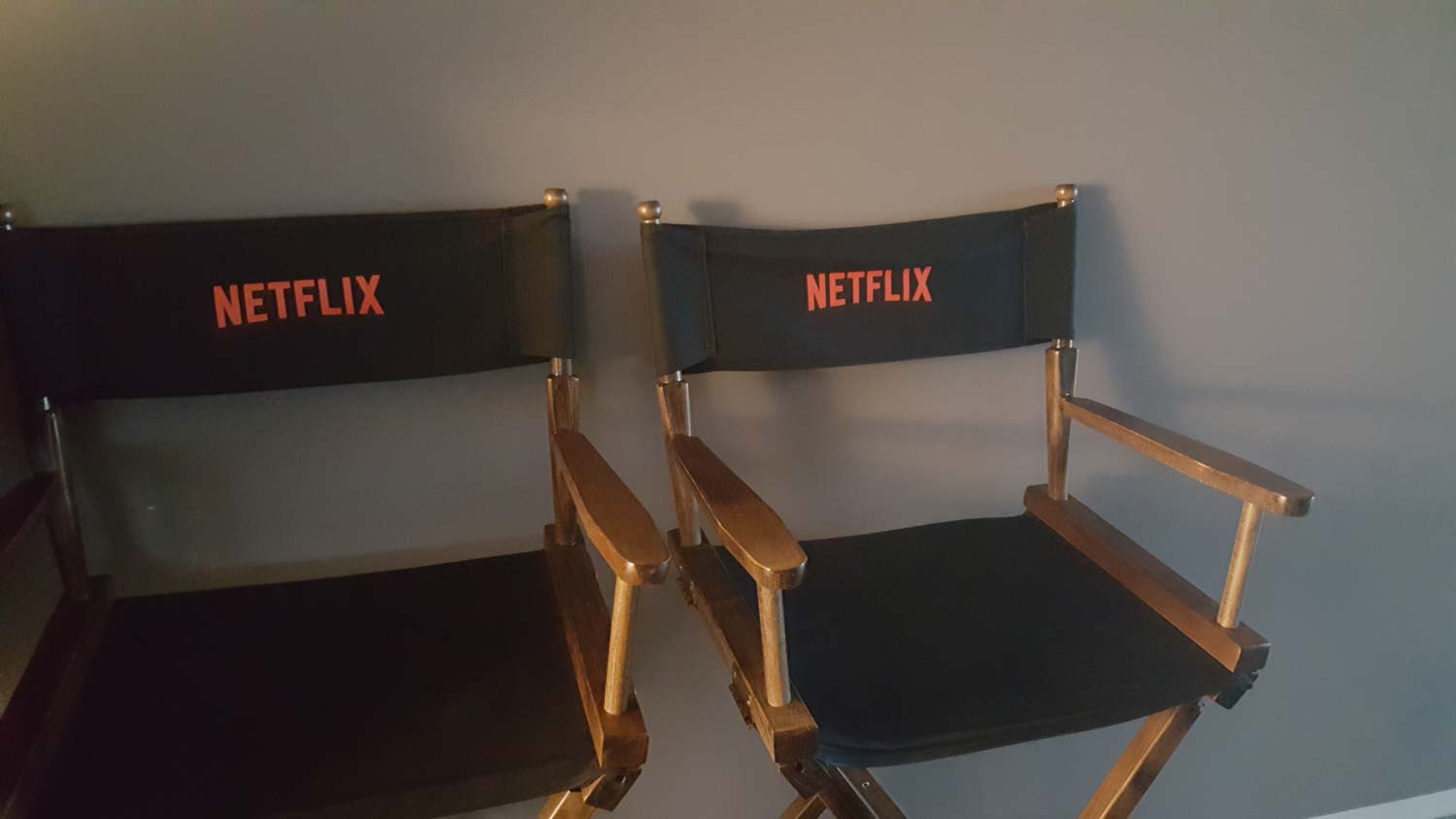
Netflix archives the original mastered file in full quality, but it’s also reformatted for streaming, where it might be seen on a high-end OLED display or watched on a tablet or smartphone. Each of these use cases has a version of the content designed to look and sound the best it can on whatever device is used.
“It’s all about making sure that when you view it at home, you’re seeing what the filmmaker intended,” Smith said. To that end, Netflix tests audio on everything from home theater Atmos installations to soundbars, and a range of headphones. Video streaming is tested on an array of displays, from high-end smart TVs to older PC monitors, and from tablets to smartphones.
“When we get together with manufacturers, we talk about where things are going in three to five years,” Smith said. The company is always on the lookout for what what technology will come into homes, and how it might change the ways they deliver content. Similar conversations are had when Netflix collaborates with filmmakers, and they stay involved in that process from start to finish.
At the end of the day, it’s about balancing the need to support old and current hardware, but also to anticipate what’s coming around the bend.
Credit: Brian Westover/Tom's Guide
Brian Westover is currently Lead Analyst, PCs and Hardware at PCMag. Until recently, however, he was Senior Editor at Tom's Guide, where he led the site's TV coverage for several years, reviewing scores of sets and writing about everything from 8K to HDR to HDMI 2.1. He also put his computing knowledge to good use by reviewing many PCs and Mac devices, and also led our router and home networking coverage. Prior to joining Tom's Guide, he wrote for TopTenReviews and PCMag.

